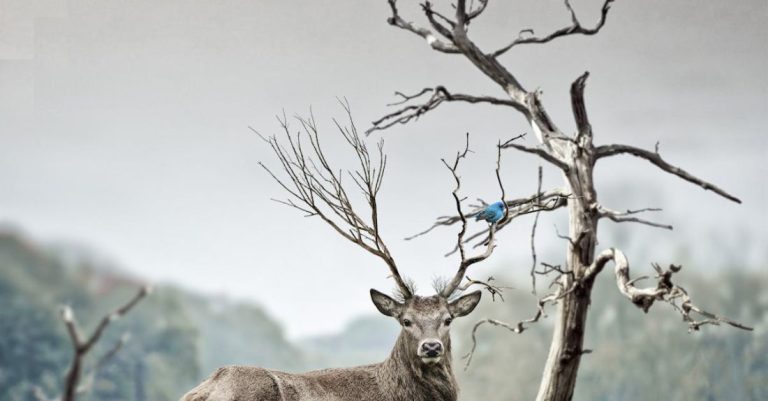
Endangered species face a multitude of threats that jeopardize their survival and push them closer to the brink of extinction. As human activities continue to impact the environment, the list of dangers confronting these vulnerable species grows longer. From habitat destruction to climate change, understanding the top threats to endangered species is crucial in developing effective conservation strategies to protect these precious animals and plants.
Habitat Loss and Fragmentation
One of the most significant threats to endangered species is habitat loss and fragmentation. Human activities such as deforestation, urbanization, and agriculture have led to the destruction of crucial habitats where many species depend on for their survival. When habitats are fragmented, it becomes increasingly difficult for species to find food, mates, and suitable shelter, ultimately reducing their chances of survival. The loss of habitat also disrupts the delicate balance of ecosystems, leading to cascading effects on biodiversity.
Poaching and Illegal Wildlife Trade
Poaching and illegal wildlife trade pose a grave threat to many endangered species around the world. Animals and plants are often targeted for their valuable parts, such as ivory, fur, or medicinal purposes. Despite international efforts to combat poaching and wildlife trafficking, these activities continue to decimate populations of endangered species, driving them closer to extinction. The demand for exotic pets, traditional medicines, and luxury goods fuels this illegal trade, putting immense pressure on already vulnerable species.
Climate Change
Climate change is a global issue that affects all living organisms, including endangered species. Rising temperatures, extreme weather events, and shifting precipitation patterns have profound impacts on ecosystems and the species that inhabit them. Many endangered species are unable to adapt quickly enough to these rapid changes, leading to declines in population sizes and loss of genetic diversity. Sea level rise, ocean acidification, and habitat loss due to changing climates further exacerbate the challenges faced by endangered species.
Pollution
Pollution in its various forms poses a significant threat to endangered species. Chemical pollutants, plastics, and debris contaminate water sources, soil, and air, leading to detrimental effects on wildlife populations. Marine species are particularly vulnerable to pollution, with plastic waste and oil spills causing widespread harm to marine ecosystems. Pollution not only directly harms species through ingestion or entanglement but also disrupts food chains and ecosystems, leading to long-term consequences for endangered species.
Invasive Species
The introduction of invasive species is another major threat to endangered species, disrupting native ecosystems and outcompeting native species for resources. Invasive species often lack natural predators in their new environments, allowing them to rapidly multiply and spread, displacing native species in the process. These invaders can alter habitats, prey on native species, and introduce diseases, further endangering already vulnerable populations. Controlling invasive species poses a significant challenge for conservationists striving to protect endangered species.
Human-Wildlife Conflict
As human populations continue to expand and encroach upon natural habitats, conflicts between humans and wildlife escalate. Endangered species, such as big cats, elephants, and wolves, often come into conflict with humans over resources, leading to retaliatory killings and habitat destruction. This conflict not only endangers the lives of these species but also hampers conservation efforts aimed at protecting them. Finding sustainable solutions to mitigate human-wildlife conflicts is essential for the survival of endangered species.
Conclusion: Urgent Action Needed to Protect Endangered Species
The threats facing endangered species are numerous and complex, requiring urgent action to address them effectively. Conservation efforts must focus on habitat protection, anti-poaching measures, climate change mitigation, pollution control, invasive species management, and conflict resolution to safeguard the future of endangered species. It is crucial that governments, conservation organizations, and individuals work together to protect these vulnerable species and preserve biodiversity for future generations. Only through collective action and a commitment to conservation can we ensure a world where endangered species thrive and contribute to the rich tapestry of life on Earth.





